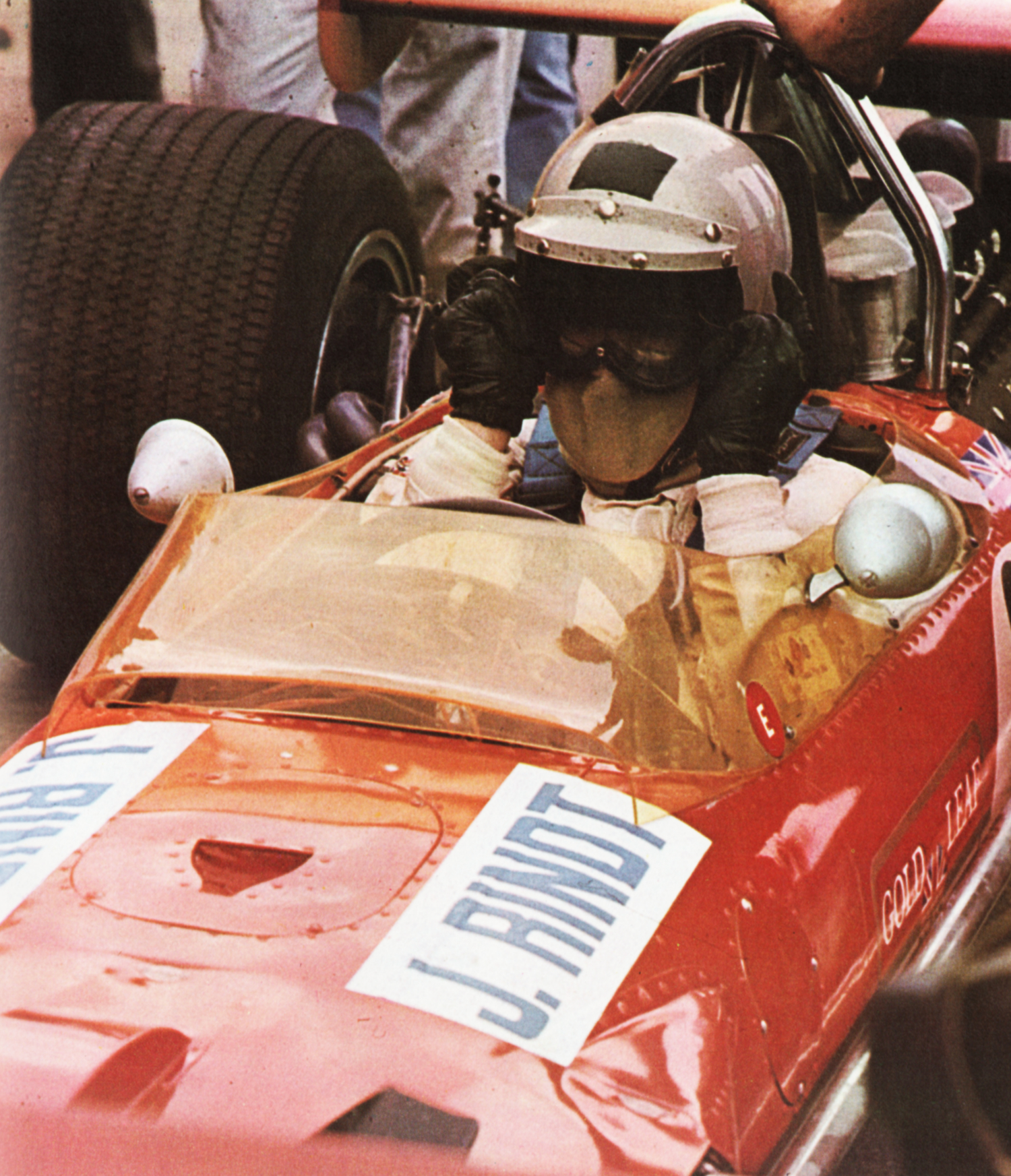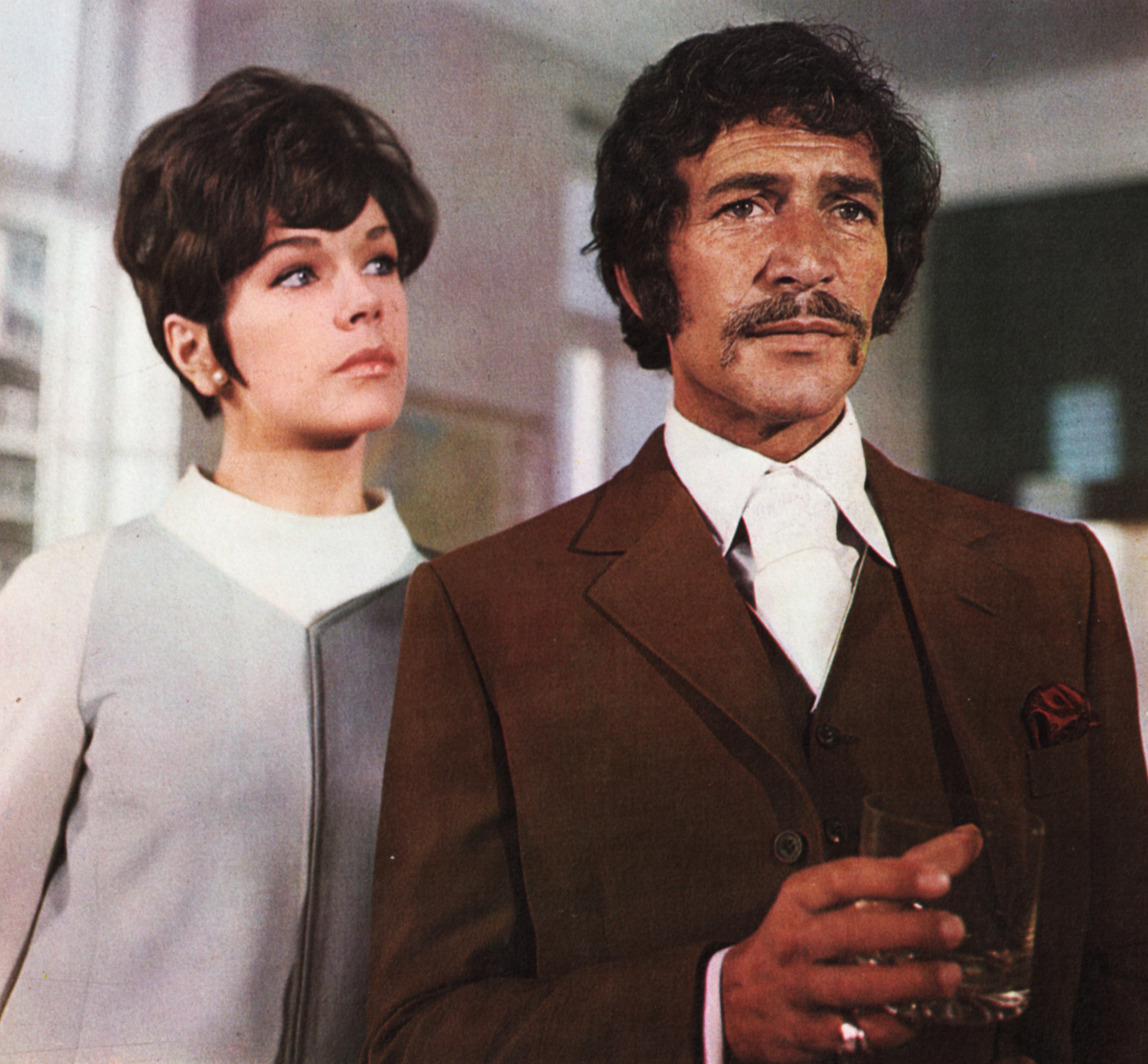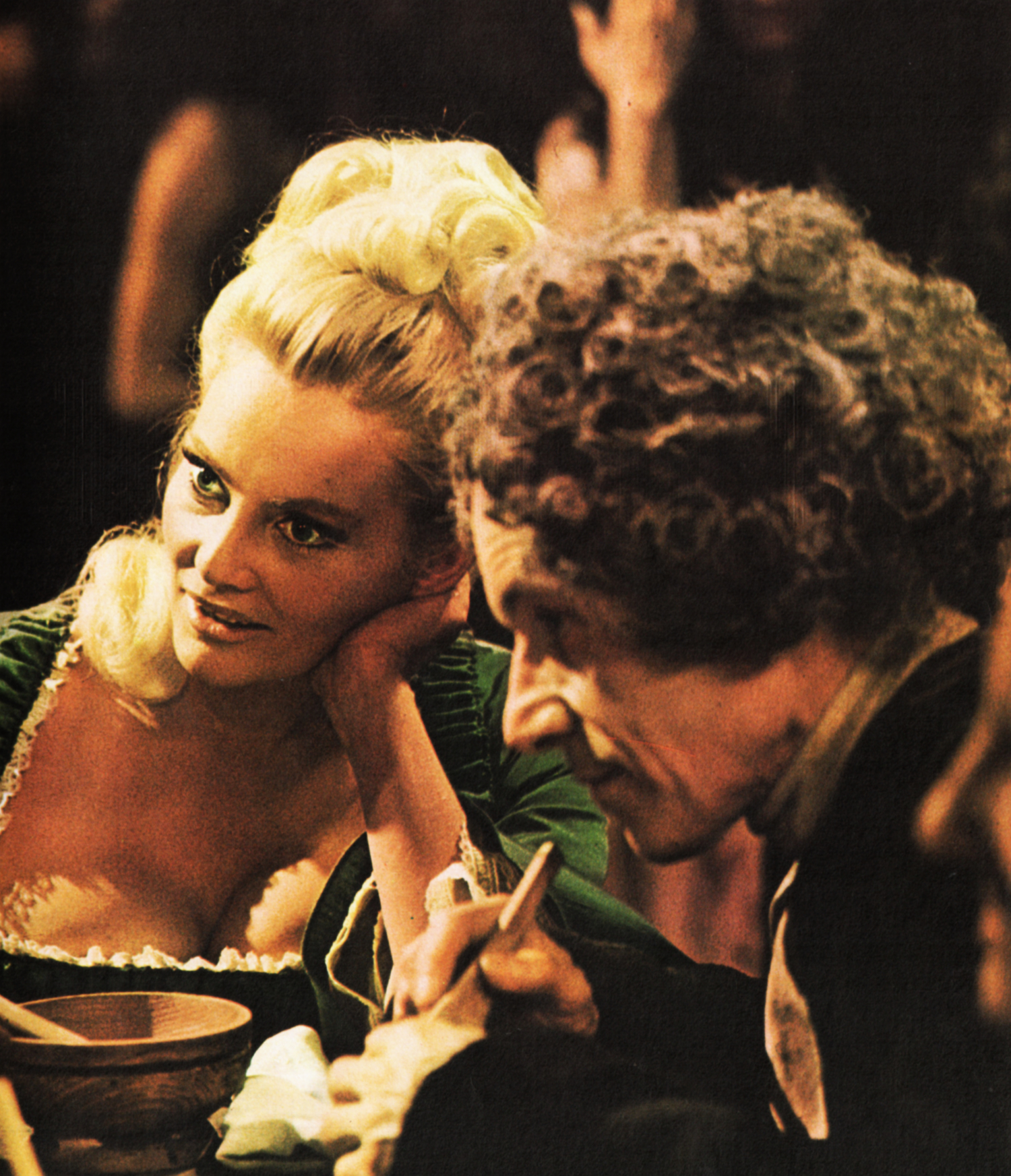How do I watch Independent Television programmes now?
By means of one of some forty ITA VHF transmitters, operating in Band III (channels 6 to 13). These stations send out all ITV programmes on the 405-line system in monochrome (black-and-white television). Signals from these stations reach you either directly from your own aerial, or via one of the wired Relay systems.
Will I be able to continue to receive these VHF transmissions in future?
Yes, certainly for some years to come. But in many areas you will soon be able to receive the same ITV programmes, often rather better, on the shorter UHF wavelengths (Bands IV and V, channels 21 to 34 and 39 to 68).
But why should these new UHF transmissions be any better than what I get now?
The new UHF stations will transmit in colour and with the newer 625-line system, and are thus capable of providing pictures with better definition and less visible ‘line’ effects. As you have probably noticed, all television pictures are really made up of a series of horizontal lines. On the bigger screens this line structure can be easily seen, and limits the overall quality of the picture. You may remember that the 405-line system was introduced as long ago as 1936 when Britain began the world’s first regular high-definition television service.
Will I need to have a new receiver to watch ITA UHF 625-line transmissions?
Not for black and white reception if you already have a receiver capable of getting BBC2 transmissions. This should be quite suitable, without any changes, for ITA/UHF. On the other hand, an older 405-line-only VHF receiver will not be able to pick up ITA/UHF, although this should continue, at least for some years to come, to provide exactly the same service from ITA/VHF as at present.
But do you consider that 625-line pictures show a real advantage over those of the 405-line system?
It would be misleading to suggest that the improvement of 625 over 405 lines is a dramatic one. But it represents a useful gain of overall picture quality for the more discriminating viewer, particularly those with the larger 23-inch screens.
But will the actual programmes be the same on UHF as they are on VHF?
Yes, this is a process of ‘duplication’, not a new programme network.
And is the fact that the transmissions will be on the 625-line system the only major advantage of the new UHF stations?
No. While all British 405-line VHF transmissions are limited to black-and-white (monochrome) television, most of the UHF transmissions will carry the additional information required for full colour pictures. And, in addition, the UHF transmissions should suffer less from certain forms of electrical interference, including the spots produced by the ignition systems of passing cars.
But to see the pictures in colour, I will need a colour receiver?
Yes. A monochrome receiver cannot normally be converted for colour reception. On the other hand, programmes sent out in 625-line colour can be viewed on a standard UHF receiver in black-and-white. And the colour receiver reproduces monochrome transmissions in black-and-white.
But let me get this clear – the ITV colour programmes which will go out on UHF will be the same as those which will also be radiated on VHF in black-and-white?
That is correct – though we believe that programmes seen in colour add a totally new dimension to their enjoyment and impact.
Suppose I already have a colour receiver, or intend to obtain one before the ITA colour transmissions begin – will this be suitable? And in the meanwhile can I use this receiver to watch the VHF transmissions of ITA and BBC1?
Yes to both questions. Any colour receiver suitable for the reception of present BBC2 colour transmissions will equally be suitable for ITV and BBC1 colour. And dual-standard colour receivers will provide reception of the monochrome transmissions on VHF. However, once ITA and BBC1 UHF transmissions begin, it can be expected that single-standard (625-line only) receivers will appear on the market – these would not be suitable for 405-line VHF transmissions.
But will I need new aerials for all these different UHF stations? I already have two different VHF aerials and a UHF aerial on my roof.
No, there should be no need for more than one UHF aerial – and this will usually be lighter and more compact than the older VHF aerials. A single UHF aerial should be quite capable of giving good reception of all the local UHF transmissions, whether from ITA, BBC1 or BBC2 stations.
But I believe that my UHF aerial is highly directional and had to be very carefully pointed towards the BBC2 station – surely this will not be right for an ITA station?
All the UHF transmitters, whether for ITA or BBC, are being installed at the same sites and will use the same aerial masts or towers, so that the signals will come from exactly the same direction.
So since I already receive BBC2 signals on my UHF aerial, is it quite certain that I will receive ITA/UHF without any changes or adjustments whatsoever?
This, we hope, will usually be the case; though it is possible that in some instances a certain amount of adjustment or even re-positioning of a UHF aerial may be needed in order to receive equally good signals from ITA and BBC UHF transmitters. But this should be the exception rather than the rule.
And the same UHF aerial would be suitable for either black-and-white or colour reception?
Fundamentally, the aerial requirements for colour and black-and-white reception are the same. An aerial which gives really good black-and-white pictures will be equally suitable for colour. But on the other hand, an inadequate or poor aerial would have a much more noticeable effect on colour reception than on black-and-white. It is thus always advisable to have an efficient roof or loft aerial for colour reception, and, if possible, also for black-and-white reception. Your local dealer or rental company should be able to advise you on a suitable type of aerial for your particular location. Typically a UHF aerial having about six compact elements will be suitable in areas of good signal strength; about 10 to 12 elements for medium strength areas; and more than 12 elements, either in a single array or distributed in ‘stacked’ forms (two or more smaller arrays correctly used together), for longer distances or where your house is screened from the transmitter. It is always better to have too much signal than too little – and a good aerial, well installed, is likely to prove the cheapest in the long run. Since the length of a UHF aerial element is only a few inches, even aerials with many elements are often more compact and lighter than those with far fewer elements for VHF.
Is there any possibility that although I now obtain good ITV pictures on VHF, I shall not get a good service on UHF?
It will take some years before the new ITA UHF network can cover as much of the country as is reached on VHF, so that for some time to come there will be areas where only VHF will give good pictures. The satisfactory service area of a UHF station is usually appreciably less than for an equivalent station on VHF. For this reason the ITA UHF network is likely, eventually, to comprise some sixty main transmitting stations and some hundreds of lower power relay stations to serve particular localities. But it is hoped to serve some four out of every five persons in the UK on UHF by roughly the end of 1971 – and the first seven stations will cover about half of the population, by about the end of 1969.
You said that only one UHF aerial should be needed for all three UHF services – does this mean that once the UHF signals are available I can stop using VHF altogether and take down the VHF aerials on my roof?
Once you are able to watch ITA, BBC1 and BBC2 all on UHF, on the 625-line system (and in colour if you are lucky enough to have a colour receiver), there would be little point in watching the same programmes on VHF. Eventually, it is possible that there may be additional programmes using 625-lines on VHF, but this cannot happen for many years to come.
So you hope that, despite the shorter range of UHF transmissions, the UHF network, when complete, will cover the country roughly as well as the present VHF network?
That is true but it must be stressed that a large network of this type cannot be built overnight. There will be some areas where UHF coverage will not be complete for a considerable number of years. But you can be sure that ITA will press forward with building the new UHF network as fast as possible.
So the new network must represent a busy time for the ITA engineers then?
Busy indeed. The building of this new UHF 625-line colour network represents one of the most intensive television engineering projects ever undertaken – for your better and more colourful viewing.





